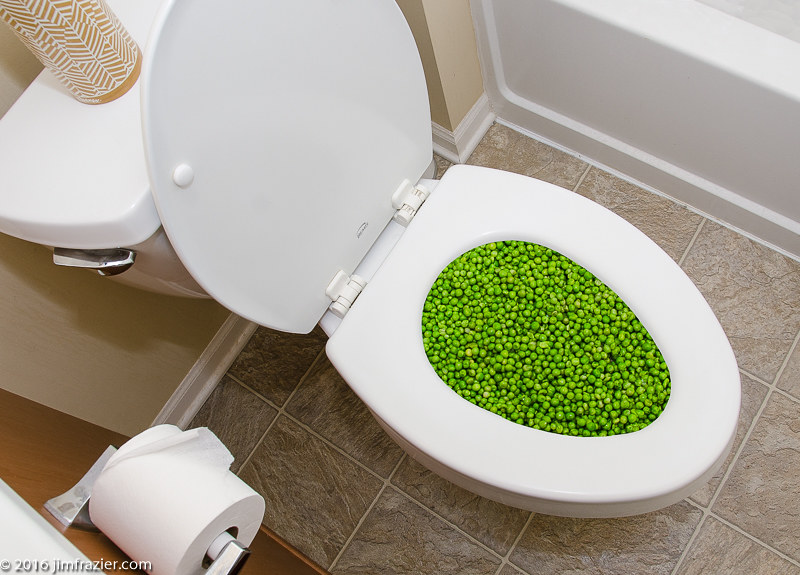Are You Allowed to Dispose of Food in the Toilet?
Are You Allowed to Dispose of Food in the Toilet?
Blog Article
They are making several good points related to Flushing Food Down the Toilet? in general in this article just below.

Introduction
Many people are often confronted with the problem of what to do with food waste, specifically when it concerns leftovers or scraps. One usual inquiry that develops is whether it's all right to flush food down the toilet. In this short article, we'll explore the reasons people could consider flushing food, the effects of doing so, and different methods for appropriate disposal.
Reasons why individuals could think about purging food
Lack of recognition
Some individuals might not know the potential harm brought on by flushing food down the toilet. They may incorrectly believe that it's a harmless method.
Comfort
Flushing food down the toilet may feel like a quick and simple solution to dealing with undesirable scraps, particularly when there's no neighboring trash bin readily available.
Negligence
In many cases, people may merely select to flush food out of sheer laziness, without thinking about the effects of their activities.
Repercussions of flushing food down the toilet
Environmental influence
Food waste that ends up in waterways can add to contamination and harm aquatic ecological communities. Additionally, the water used to flush food can stress water resources.
Plumbing issues
Purging food can result in stopped up pipes and drains pipes, triggering pricey plumbing repair work and aggravations.
Sorts of food that must not be purged
Coarse foods
Foods with coarse structures such as celery or corn husks can get entangled in pipelines and trigger obstructions.
Starchy foods
Starchy foods like pasta and rice can soak up water and swell, resulting in obstructions in pipelines.
Oils and fats
Greasy foods like bacon or cooking oils ought to never be flushed down the toilet as they can strengthen and trigger obstructions.
Correct disposal techniques for food waste
Making use of a waste disposal unit
For homes outfitted with waste disposal unit, food scraps can be ground up and purged with the pipes system. Nonetheless, not all foods are suitable for disposal in this way.
Recycling
Specific food packaging products can be recycled, minimizing waste and decreasing ecological impact.
Composting
Composting is an environment-friendly way to deal with food waste. Organic materials can be composted and utilized to enrich soil for horticulture.
The relevance of correct waste administration
Lowering environmental harm
Correct waste monitoring practices, such as composting and recycling, aid minimize pollution and maintain natural resources for future generations.
Safeguarding pipes systems
By avoiding the method of flushing food down the toilet, house owners can protect against costly pipes repair services and maintain the stability of their pipes systems.
Final thought
Finally, while it might be alluring to flush food down the toilet for comfort, it is essential to comprehend the prospective consequences of this activity. By taking on proper waste management techniques and taking care of food waste sensibly, individuals can contribute to healthier plumbing systems and a cleaner setting for all.
FLUSH FOOD DOWN THE TOILET?
FLUSHING FOOD CAN CAUSE BLOCKED DRAINS IN YOUR HOME
All of the plumbing fixtures in your home are connected to the same sewer pipe outside of your home. This outdoor sewer pipe is responsible for transporting all the wastewater from your home to the Council sewer mains. Even small pieces of food that go down the kitchen sink can cause problems for your sewer. It should therefore be obvious that flushing larger bits of food, such as meat, risks a clog in either the toilet itself or the sewer pipes. Flushing greasy food is even more problematic because oil coagulates when it cools, coating the interior lining of your pipes.
THE TOILET IS NOT A BIN
Food isn’t the only thing that people shouldn’t be flushing down the toilet. People use the toilet to dispose of all kinds of things such as tampons, makeup wipes, dental floss, kitty litter and even underwear. Water goes to great lengths to educate residents about the high costs and stress placed on wastewater treatment systems simply from people flushing the wrong stuff down the toilet. It costs taxpayers millions of dollars each year, and homeowners thousands in blocked drain repairs.
FLUSHING FOOD IS A WASTE OF WATER
Flushing food is a waste of our most precious resource - water. In June this year Level 1 water restrictions were introduced to protect water supply from drought conditions. Much of New South Wales continues to be affected by prolonged drought with recent figures revealing up to 97 per cent of the state remains in drought. Depending on whether you have a single or dual flush toilet, every single flush uses between five and 11 litres of water. In the current climate this is a huge amount of water to be wasting on flushing food that should be placed in the bin (or better yet, the compost).
https://www.jabplumbingsolutions.com.au/blog/can-you-flush-food-down-the-toilet

Hopefully you enjoyed our section about . Thanks a lot for taking time to browse our post. Are you aware of anybody else who is looking into the subject? Take a moment to promote it. Thanks a bunch for your time. Come back soon.
This Page Report this page